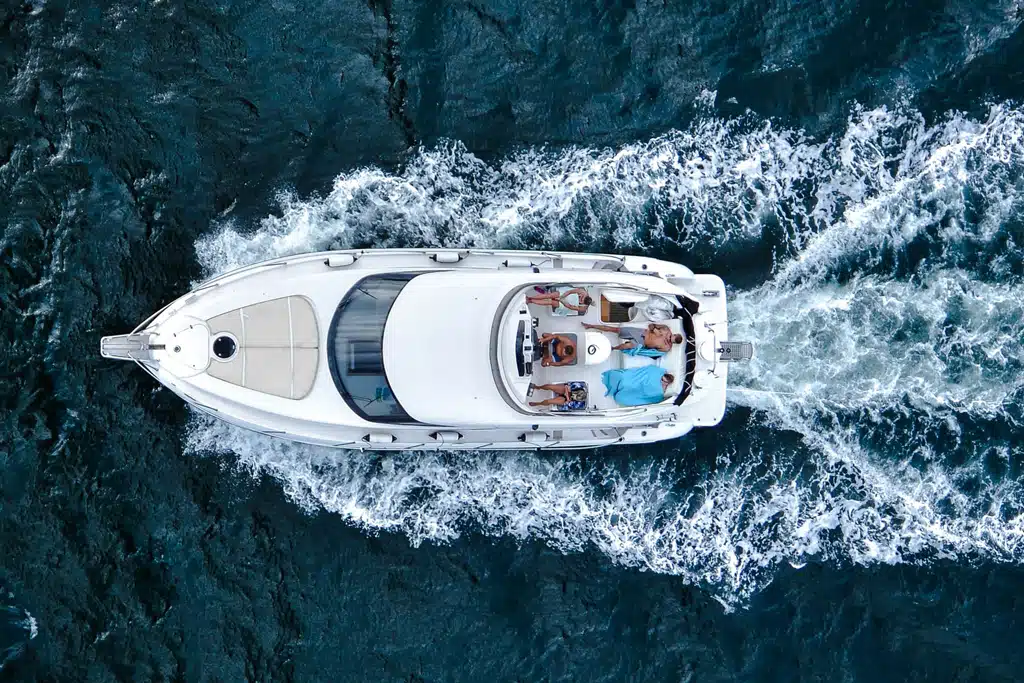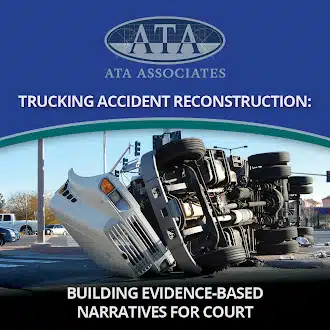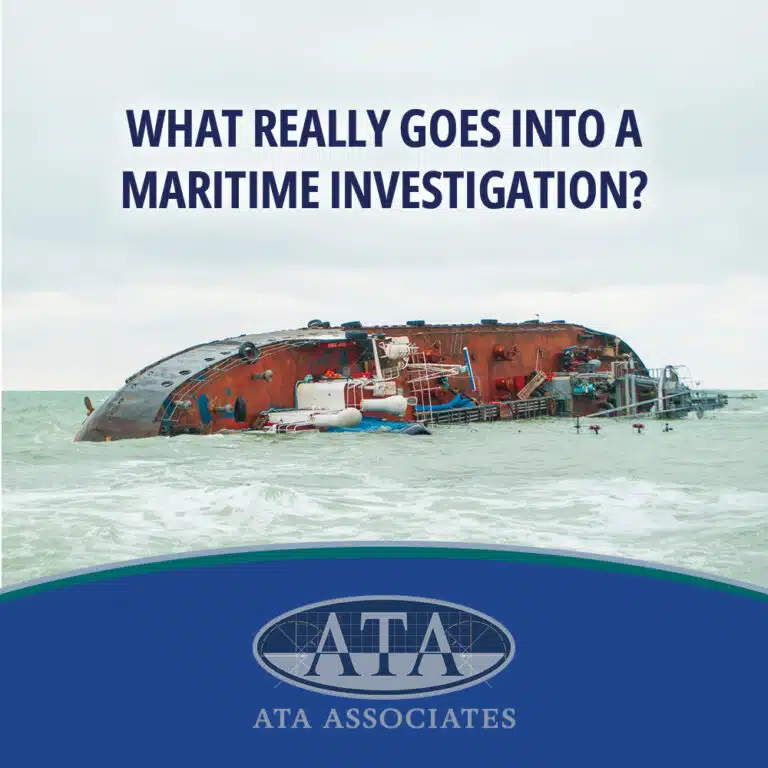ATA Associates has a 50-year history in the investigation and reconstruction of boating accidents. Even as boating equipment becomes more technologically sophisticated, certain hazards remain stubbornly endemic in boating. Those hazards, mostly attributed to operator error, result in some 4,000 accidents and 600 to 700 deaths annually according to the latest Coast Guard data through 2023. While small in comparison with the fatality count from traffic accidents – about 40,000 deaths annually – a different analytical measure shows that fatality statistics for boating are, in fact, disproportionately high – 1.3 deaths per million operating hours for boats vs. 0.05 deaths per million operating hours for automobiles – boats being about 25 times more dangerous than cars on a per hour of use basis.
Even if only 5 or 10% of boating accidents can be linked to equipment failures, as per Coast Guard data, the deaths and ancillary injuries caused by such failures still seem higher than one might expect given the on-going developments in boating technology. In light of recent investigations by ATA, a likely explanation for safety performance lagging behind technological development is a disconnect between the efforts made to update boat component technology and the efforts made to incorporate those updated components into sound overall boat designs.
Given that the average price of a new car in the U.S. is around $48,000 and the average price for a new recreational boat is about $42,000 (with some boats in recent ATA investigations costing 3, 4, and 5 times that much), a consumer might reasonably expect that a boat is engineered to the same standards as a car, but sadly, that is not usually the case. Because of the huge number of cars and trucks on the road in the U.S. (280 million) and the sobering and longstanding annual highway death toll, Federal Motor Vehicle Safety Standards were first established in 1966 and, since then, have provided a growing and evolving set of mandatory, minimum standards for the design of safe cars and trucks. Meanwhile, recreational boating’s lower number of units in service (12 million registered boats in the U.S.) and fewer annual deaths have forestalled the perception of a need for federal legislation to force the adoption of mandatory, minimum standards for safe boat design.
Some voluntary standards for the design, construction, maintenance, and repair of boats are published and maintained by the American Boat and Yacht Council (ABYC), a non-profit organization that includes various stakeholders in the recreational boating community. While those standards provide objective guidance on desirable characteristics and performance for some specific boat components and sub-systems, there is no comprehensive ABYC standard on overall boat design, i.e., there is no standard for combining or integrating components and sub-systems described in the other standards into a finished boat. Unfortunately, it is also true that certain standards, written in vague committee-speak language agreeable to panel members with competing interests, are subject to significantly different interpretations by those using the standards for guidance in building boats.
In practice, safe recreational boat design is ultimately left to the technical skill and judgement of the boat builder, and it is ATA’s observation that this leads to significant variation in the character of the end product. Our recent case work suggests that the manufacturers of complex components and sub-systems such as outboard motors, fly-by-wire throttles, and steering systems understand the behavior and performance characteristics of their products in isolation, but they distance themselves from claiming any understanding or responsibility for the working of those products once they are installed on a boat. On the other hand, the boat builder, typically with much less in-house engineering expertise to draw upon than the component manufacturer, assumes that products bought from well-known suppliers will perform as the spec sheets promise, regardless of the context in which the components are installed. Later on, when a boat goes haywire in service, the result is often mutual finger pointing between the boat builder and the component supplier with the beleaguered boat owner caught somewhere in the middle, dealing with a damaged or useless boat, serious bodily injury, and/or, in the worst case, a loss of life.
📩 Contact us today to learn how our accident reconstruction services can support your case.




